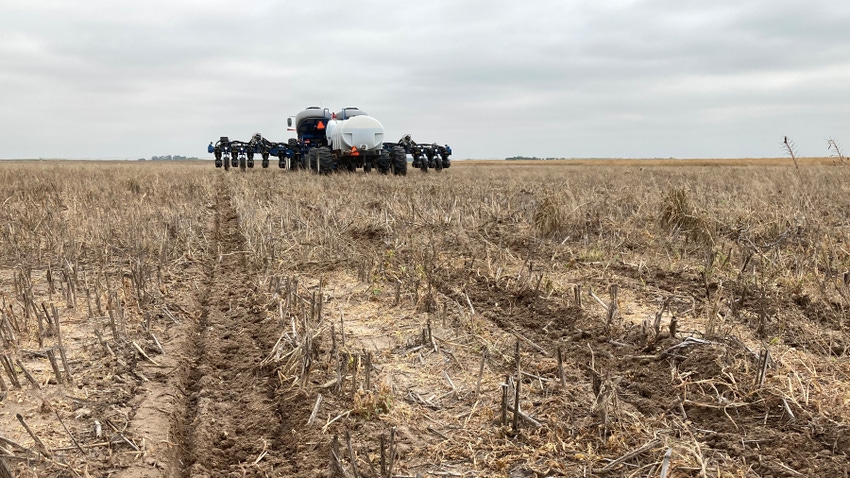March 5, 2024

It’s hard to believe it’s already time for #plant24. While some of my readers won’t finish planting sorghum for another six months, many are preparing to start or already have a crop in (and up).
The southern portion of Texas, where about 10% of the U.S. crop is produced, is the first to plant, with the region’s southernmost members in the Lower Rio Grande Valley rolling planters in January.
These farmers are keenly interested in export markets given their location and ability to service these markets at a time when most of the U.S. corn crop is still maturing. Fortunately, export demand looks strong.
Export outlook
I wrote about exports late last year, and since then, our prospects have only strengthened, with 168 million bushels already spoken for in the 2023-24 marketing year. USDA raised its export target for the year to 230 million bushels in the January report, so we’re now 73% of the way to this target only 18 weeks into the marketing year.
Notably, just over 7 million bushels have also been committed to for the 2024-25 marketing year, indicating strong demand not only for the crop being marketed now — or for the South Texas crop to be sold in a few months — but also for the crop to be sold this fall and in 2025.
Our export partners span the globe, with China buying the lion’s share today. However, a much less talked about market for U.S. sorghum lies this side of Asia, on the African continent.
Sorghum has its origins there, with 8,000-year-old sorghum grains being found in charred clay jars in southern Egypt in the early 1990s. The continent is still the world’s largest producer by a mile, with Sudan leading the way and harvesting two or three times the number of acres the U.S. harvests each year.
However, because of challenges with technology adoption and availability, coupled with geopolitical unrest, production is much lower. As a result, food insecurity is much higher.
Food assistance
Given the historical (and current) emphasis on the crop, sorghum is a highly desired foodstuff throughout many parts of Africa. This fact makes the crop a perfect fit for assistance programs funded by the U.S. government, and as a result, food aid has often been a key source of demand for U.S. sorghum farmers.
Food aid has often accounted for as much as 10% of demand for U.S. sorghum, and although it’s a smaller portion today, it’s no less important — for U.S. farmers and for the communities the assistance is helping abroad.
Since 2019, about 62 million bushels of U.S. sorghum have been provided as assistance abroad, with sub-Saharan African countries Sudan and Ethiopia combined receiving more than 50%. This assistance was provided both in bulk and small quantities (i.e., 50-kilogram bags), with 6.88% being provided in the latter form.
Of this amount, 70% went to Madagascar and Chad. I believe there’s a great potential to expand both categories to better meet the needs of communities abroad, and with finished products such as sorghum-soybean and sorghum-chickpea blends formulated to combat malnutrition in children and vulnerable populations awaiting commercialization, the future of sorghum as a vehicle for assistance is bright.
Duff is founder of Serō Ag Strategies and serves as a consultant to National Sorghum Producers. He can be reached by email at [email protected] or on Twitter @sorghumduff.
About the Author(s)
You May Also Like






